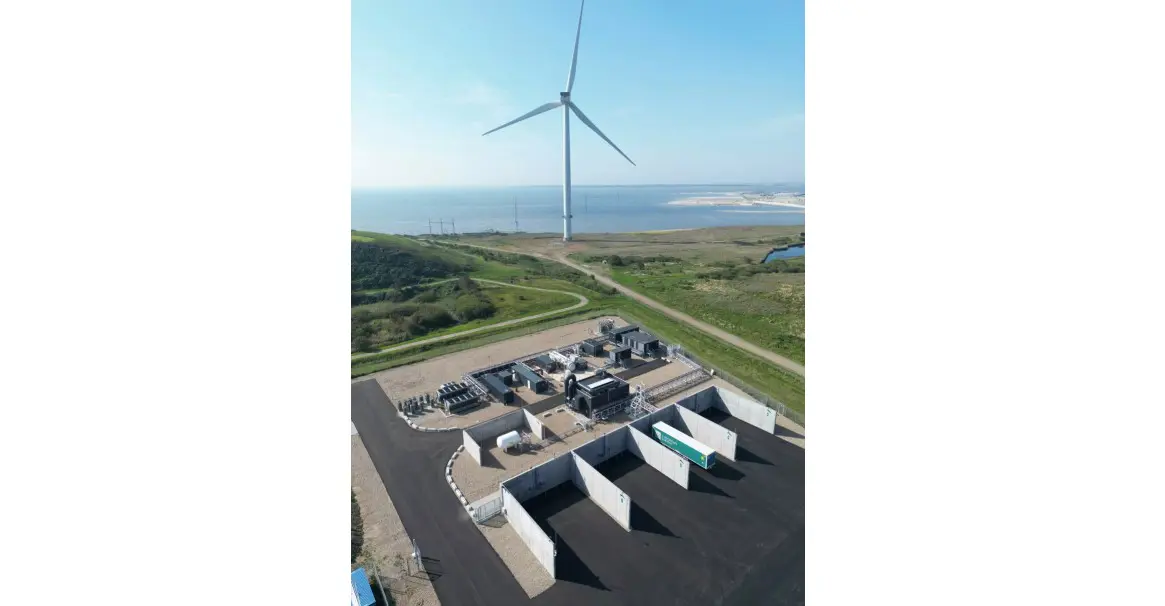
Chevron, CalBio Complete Central Processing Facility For RNG Project
RNG Will Be Injected Directly Into The Pacific Gas And Electric Pipeline

CalBioGas Hilmar LLC, a joint investment between Chevron USA Inc. and California Bioenergy LLC (CalBio), has completed the central processing facility for their dairy biomethane project in Merced County, California. After the methane is captured, it is sent to the central processing facility where it is upgraded into RNG. The renewable natural gas is then injected into the Pacific Gas and Electric Company (PG&E) pipeline where it is marketed as an alternative fuel for transportation.
In June 2022, Chevron completed the acquisition of Renewable Energy Group, Inc., boosting its stake in several low-carbon projects. Chevron’s relationship with CalBio dates back to July 2020, when Chevron announced it was working to produce and market dairy biomethane as renewable natural gas (RNG). CalBio has over 60 operational dairy digester projects and over 50 dairy digester projects that are in development. The company brings technology and expertise, which it believes helps local dairy farmers capture methane from dairy manure in anaerobic digesters on their farms.
“We are proud of the progress we have made on these projects alongside our partner CalBio as we continue to provide lower carbon intensity fuels to the California market,” said Nuray Elci, vice president of renewables for Chevron. “This partnership allows us to complement the strength of our traditional business to provide a broader suite of solutions to our customers.”
The RNG produced through this partnership is considered carbon negative on a lifecycle basis under California’s Low Carbon Fuel Standard (LCFS). Upon completion of the project, the estimated annual emissions reduction will be approximately 95,000 MT of carbon dioxide equivalent per year, according to the CA-GREET 3.0 Model. This methane is captured from a total of seven digesters that are part of the project.
“Partnering with Chevron amplifies our commitment to creating lower carbon intensity solutions for dairy farms by turning waste into renewable energy,” said Ross Buckenham, chief executive officer of CalBio. “By working together to reduce methane emissions from dairies, we’re not only helping the state achieve its methane reduction goals, but also making a positive impact on our communities. This collaboration marks a step forward in the journey toward a lower carbon energy and dairy future. We are excited to support this effort to reduce methane emissions.”
This project was made possible through the support of several partners including 4Creeks Design, PG&E, and local dairy farmers. Support was provided for the project through a California Department of Food and Agriculture grant, which was augmented with additional capital to complete the project.
“PG&E is committed to achieving a clean, decarbonized net zero energy system by 2040. We are proud to support the CalBioGas Hilmar LLC RNG facility and the interconnection, transport, and delivery of this renewable resource to realize this goal,” said Kevin Armato, PG&E vice president, transmission and distribution construction. “We look forward to our continued collaboration with CalBio in the coming years to reduce greenhouse gas emissions by delivering clean, renewable energy here in Northern California.”









